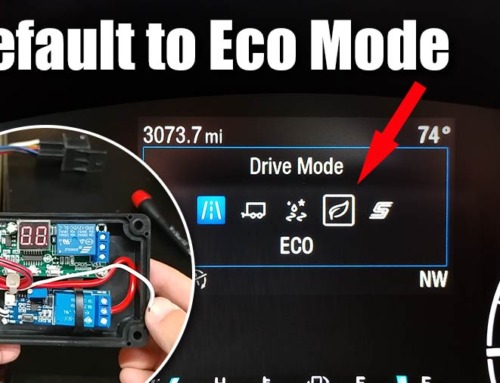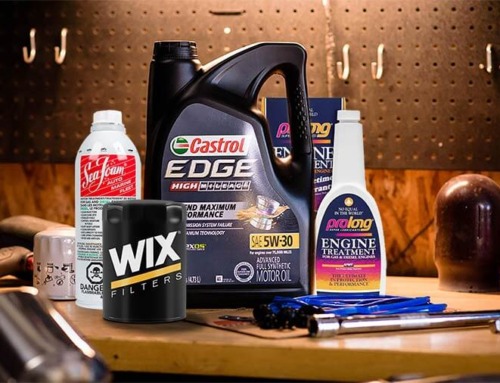Hi, my name is JC, and this is the official blog of the Cuban Redneck DIY Channel. The objective of this blog is to serve not only as a source of additional information for the videos on YouTube but also as a reference for a lot of things that don’t make it to the video. On today’s blog, we are going to discuss my recent jigsaw to scroll saw conversion.
I guess the first thing we need to address is why bother with converting my jigsaw to a scroll saw when for around $100 at Harbor Freight, Home Depot, Lowe’s, or even Amazon. I have several answers to this question.
#1 – As many of you already know, my garage woodworking shop is pretty tiny. On top of that, in the event of hurricanes, I need to be able to store my truck at a moment’s notice. If I were to ignore this and start buying all kinds of tools with large footprints before you know it, the garage function of the garage would disappear. The garage would become an official woodworking shop.
#2 – To be honest, I don’t need a full-time scroll saw or electric coping saw. I don’t think many people do unless you are heavy into arts and crafts. That was the whole idea about modifying the folding workbench in the first place. The extended deck lends itself to a lot of things other than just being able to work on larger projects.
#3 – The zero-clearance footplate or shoe improves the quality of the jigsaw cut like you wouldn’t believe. Even if you are not interested in converting your jigsaw to a scroll saw or electric coping saw, you should consider making a zero-clearance footplate or shoe like the one I made for my Harbor Freight jigsaw.
My Jigsaw to Scroll Saw Conversion
As I said in the video, one of the issues I have with many of the DIY scroll saw videos on YouTube is that many lose the functionality of the jigsaw. With all the tools and functionality I have added to the Harbor Freight folding workbench, the main goal was to ensure the device can be used for its original intent. The isolating spindle sander can still function as a portable unit, and this jigsaw will be no different.
Although, with the jigsaw zero-clearance footplate, we did lose the angle cutting function. Not that it is super crucial for this tool, and I bet 99% of all jigsaw owners either don’t know it is there or never uses it anyway.
The key to all of this is the opening that I made on the Harbor Freight folding workbench, and since we already have a plate that fits perfectly, all we need to do is make copies of it! The best way to do that is to cut the new pieces slightly larger and stick the two pieces together using mounting tape. Then take it over to the router table and go around the inner or outer boundary with a flush bit.
The next step is the transparent window. If you have no intention of using your jigsaw as a jigsaw, this is not necessary. But if the zero-clearance footplate for the jigsaw is vital to you, you needed it so that you can see what and where you are cutting.
I started by opening a 4-inch by 3-inch opening on my workbench insert. I made the two 3-inch cuts on the band saw using scrap wood as boundaries. I then freehanded the cut across with the jigsaw. That followed by a rabbet ¼ deep by ½ wide.
After cutting a piece of GE Lexan for the window, I set another jig on the drill press. This one is so that all holes on the window were a ¼ inch away from the edge. After drilling and countersinking, I cut a ½ strip off the protective paper and painted the edge black.
With our workbench insert and our window complete, the only thing that remains is mounting the jigsaw. Here is where I deviated from the original idea of just drilling and tapping the jigsaw footplate. After a dry fit and some consideration, I decided to do away with it, and make a spacer with HDPE (high-density polyethylene) scraps. For my particular Harbor Freight, Chicago Electric jigsaw, that piece has to be .500 X 1.158 X 3.5 inches. Although, this will more than suffice as far as holding the jigsaw in place. I was a little concerned about lateral movement when under load. So, I opted to add two small stringers, one on each side. To mount it in place, I drilled a pilot hole ¼ from the edge on one end, removed the center screw from the Lexan window, and replaced it with a longer one. One the hold all three pieces together. From there, it is just a matter of drilling two additional holes, countersinking it, and adding two more screws. I then drilled another hole 2.5 inches from the end of the cut on the Lexan window. That will give me about 1/8 clearance at the back of the jigsaw scroll saw blades.
When it was all set and done, I am super happy with the jigsaw to scroll saw conversion. It takes two seconds to remove the screws holding the insert on the workbench, allowing me to use the jigsaw as a jigsaw, and when I need the scroll saw function, all I have to do is put it back in place!
My friends, I thank you for watching and look forward to seeing you on my next week for a new video.





